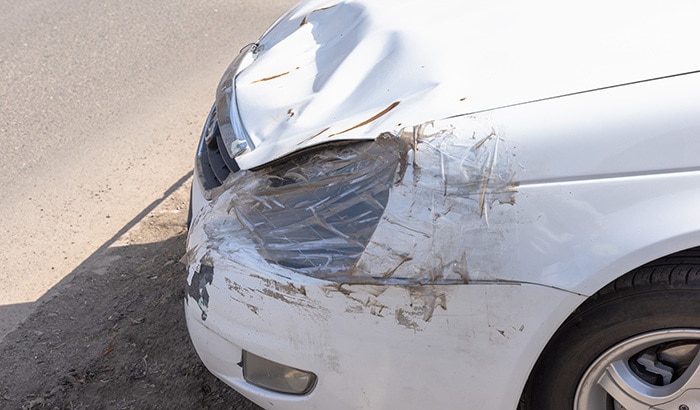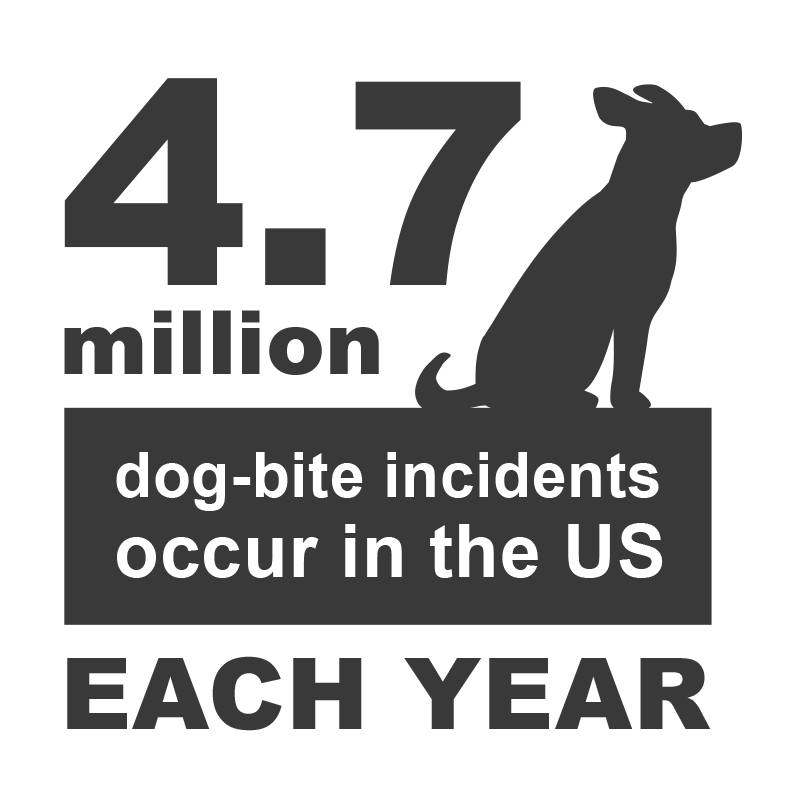Many car crashes happen each day, but side-impact collisions are among the most common and devastating of all types of accidents.
Even at low speeds, side-impact collisions can cause extensive damage to a vehicle and serious injuries to the occupants. Fortunately, there are ways to educate yourself and drive safely to prevent these incidences.
What is a Side-Impact Collision?
A side-impact collision occurs when one car hits another on its side. This can occur from a head-on position or at an angle. These crashes are also sometimes referred to as T-bone, broadside, and right-angle collisions.
The Dangers of Side-Impact Collisions
Side-impact collisions are one of the deadliest kinds of impacts when it comes to automobile accidents. According to the Insurance Institute for Highway Safety (IIHS), these kinds of collisions were responsible for approximately 23 percent of all fatalities associated with car accidents in the United States throughout 2018. Because of the nature of these impacts, it is possible that the oncoming car can crush the occupants sitting near the point of impact, leading to severe injuries or wrongful death.
Common Causes of Side-Impact Collisions
Determining the cause of a car accident is essential for building a strong accident claim. There are countless reasons why side-impact crashes occur, but here are some of the most common examples:
- Driving under the influence
- Running red lights and stop signs
- Failure to yield
- Illegal passing
- Driver distraction
- Driving recklessly or aggressively
- Speeding
- Inclement weather conditions
- Brake malfunctions
Effects of Side-Impact Collisions
Any automobile accident has the potential to result in serious injury, but side impacts are especially dangerous due to a lack of protection that the car can provide. There is less space between a person’s body and the point of impact, and not all cars are equipped with side airbags. Common injuries from this type of accident include:
- Broken bones
- Head trauma
- Spinal injuries
- Internal injuries
- Whiplash or other neck damages
Determining Liability
There can often be gray area when it comes to determining liability in side-impact collisions. This is because there are circumstances when both drivers could be found negligent. For example, if one car speeds through a red light, those that are driving through the green light in the other direction should still pay attention and check the intersection before proceeding.
Whether or not you receive compensation in a lawsuit could depend on if your case resides in a fault or no-fault state. Because of the extensive list of never-ending scenarios, hiring an attorney who is familiar with your state’s laws is essential in proceeding with your case.
If You’ve Been Involved in a Side-Impact Collision, Flickinger • Boulton • Robson • Weeks Can Help
Flickinger • Boulton • Robson • Weeks has spent over 25 years assisting Utah citizens after motor vehicle accidents, so we can give you the help you need after your side-impact collision. Our accident attorneys will fight for the compensation you deserve and help you handle the aftermath of your accident.
We have offices in Provo and South Jordan, Utah. Reach out today for your free case evaluation.

